Schleswig-Holstein combines historic structures with varied natural landscapes between the North Sea and the Baltic Sea. The region encompasses castles such as Glücksburg and Plön, medieval monasteries including Cismar and Nütschau, and museums spanning from Viking times to maritime history. Visitors find the Hedeby Viking Museum, Gottorf Castle in Schleswig, and the historic Ratzeburg Cathedral. The natural areas extend from beaches at Pelzerhaken and Rosenfelder Strand to the Lauenburg Lakes Nature Park and moorland at Kaltenhofer Moor. The Geltinger Birk Nature Reserve and wildlife parks at Eekholt and Arche Warder display native flora and fauna. The Kiel Canal, lighthouses at Westerhever and Amrum, and the Multimar Wattforum in Tönning document the importance of the coastal region.
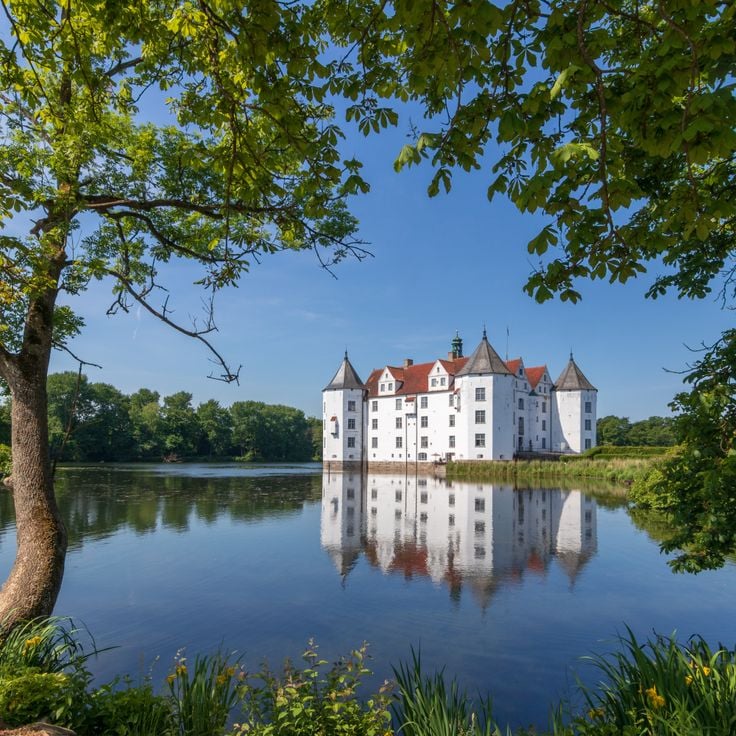
Glücksburg, Germany
Glücksburg CastleGlücksburg Castle is a white Renaissance castle from the 16th century built on an artificial island. This castle features four distinctive towers and represents the architectural development of the Schleswig-Holstein region, ranking among the important historical structures between the North Sea and Baltic Sea. The complex documents the history of Danish and German ruling houses and forms part of the cultural landscape of Schleswig-Holstein castles and manor houses.
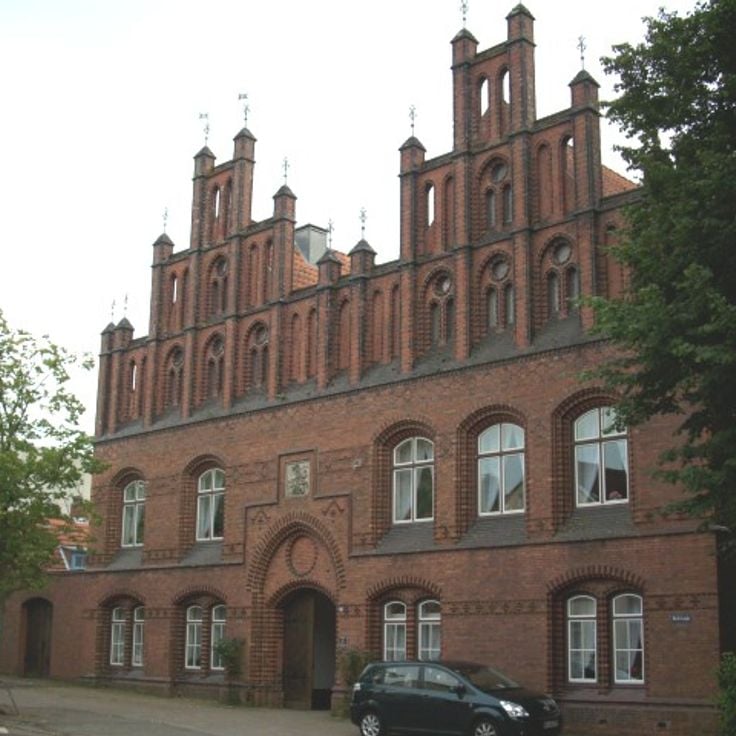
Husum, Germany
Husum old townThis historic center of Husum displays brick buildings, a marketplace and the old harbor dating from the 15th century. The old town represents the maritime past of Schleswig-Holstein with preserved merchant houses and the inland harbor. The marketplace forms the central point of the town and served for centuries as a trading location for the region. The architecture documents the economic development of the North Sea coast during the early modern period.
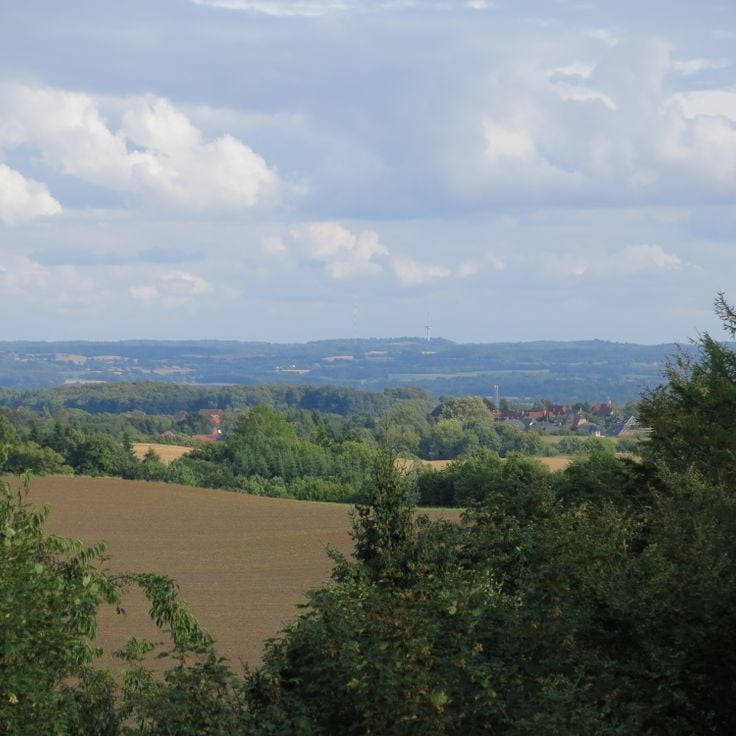
Schönwalde am Bungsberg, Germany
BungsbergThe Bungsberg rises 551 feet (168 meters) above sea level as the highest point in Schleswig-Holstein and features an observation tower and a ski area for winter operations. This hill is located in the Holstein Switzerland region and forms a central landmark for visitors exploring the natural topography of the area. The telecommunications tower at the summit provides expansive views across the surrounding landscape of forests and lakes. The site serves as a recreation area and demonstrates the characteristic terrain formations of eastern Holstein. During winter months visitors use the slopes for winter sports, while the hiking trails remain accessible throughout the year.
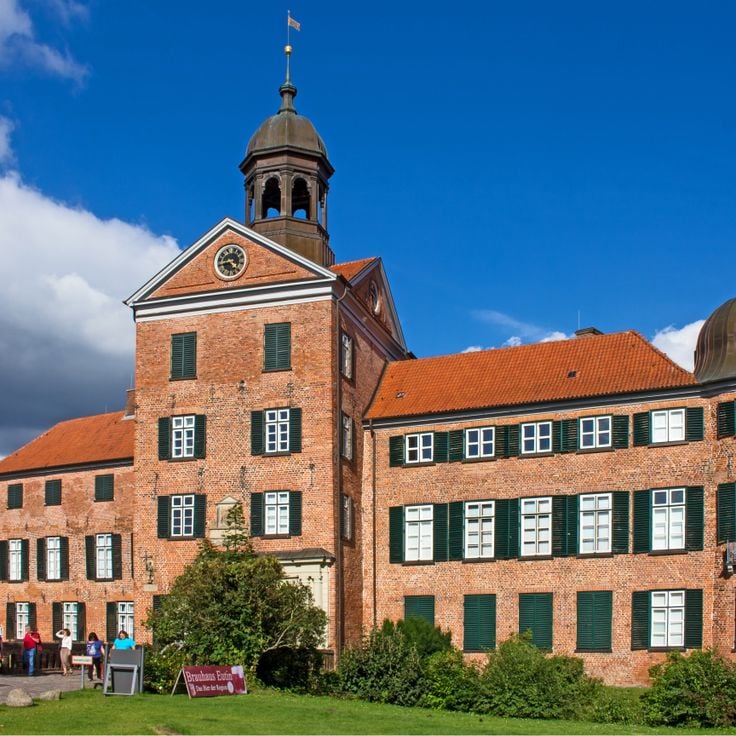
Eutin, Germany
Eutin CastleEutin Castle combines several architectural periods from the 12th century through the neoclassical era in this northern German residence town. The castle served as the residence of the Prince-Bishops of Lübeck and later the Dukes of Oldenburg. The interior rooms display historical furnishings with stuccowork, paintings and furniture from various periods. The baroque castle garden extends over several hectares and connects to the Great Eutin Lake. The building now houses collections on regional history and art. This complex documents the political and cultural importance of Eutin within Schleswig-Holstein.
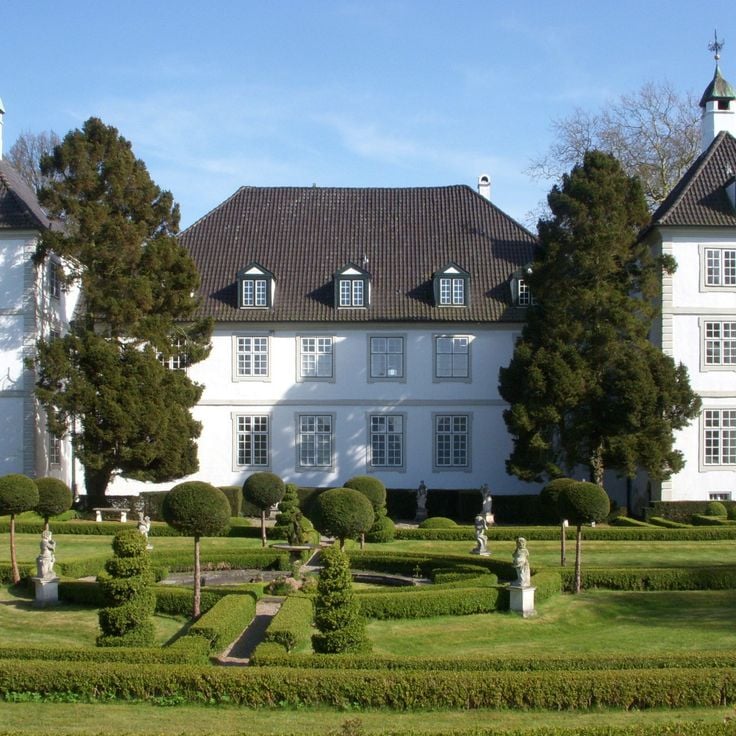
Panker, Germany
Gut PankerGut Panker is an 18th century estate that houses a collection of regional art. The estate operates a restaurant serving dishes prepared with products from local agricultural producers. This property represents one of the historic estates of Schleswig-Holstein that combine agricultural tradition with cultural institutions. The art collection features works related to the region. The estate is located in the cultural landscape of Schleswig-Holstein and documents the history of estate management in northern Germany. Visitors can experience the connection between regional cuisine and local art preservation at this site.
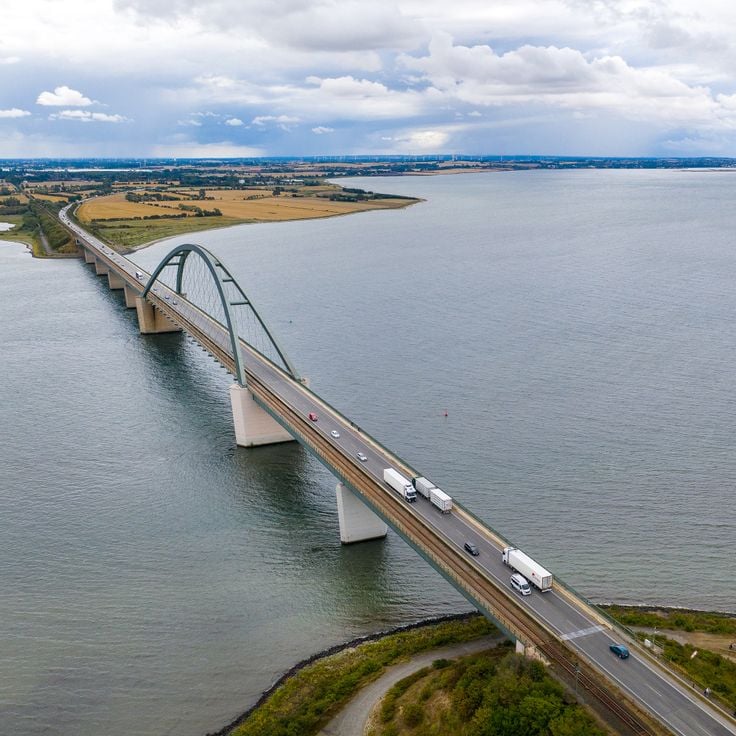
Fehmarn, Germany
Fehmarnsund BridgeThe Fehmarnsund Bridge has connected the Baltic Sea island of Fehmarn to mainland Schleswig-Holstein since 1963. This 3,159-foot (963-meter) steel structure spans the Fehmarnsund strait and provides direct road and rail access between the island and continental Europe. The bridge forms part of the coastal landscape of Schleswig-Holstein and serves as a technical link to the natural areas and historic sites of the region.
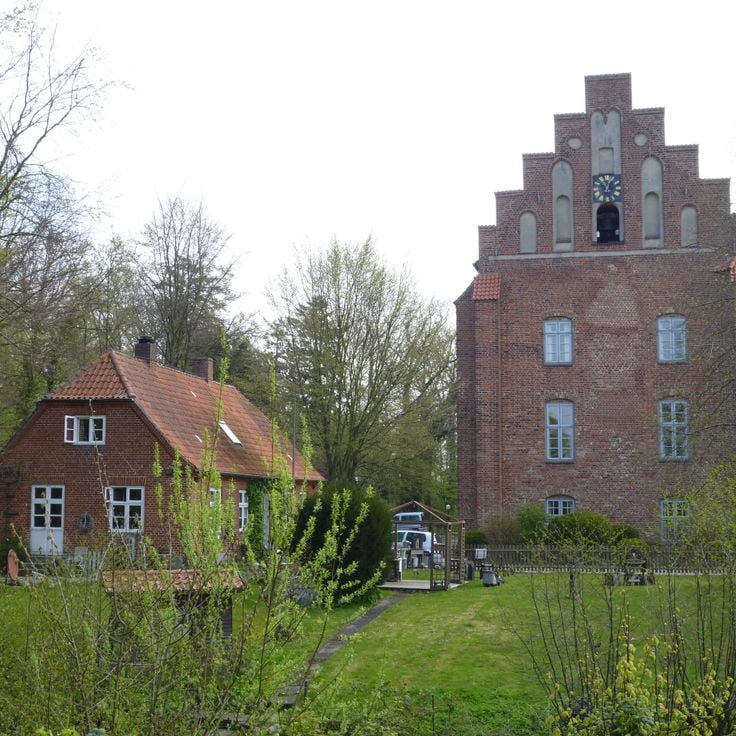
Grömitz, Germany
Kloster CismarKloster Cismar is a former Benedictine monastery founded in the 13th century that now functions as a museum displaying medieval wall paintings and sacred art. The Romanesque monastery church serves as a venue for regular concerts and church music performances. The complex includes the preserved monastic buildings with a cloister and an exhibition on monastic history and religious culture in medieval northern Germany.
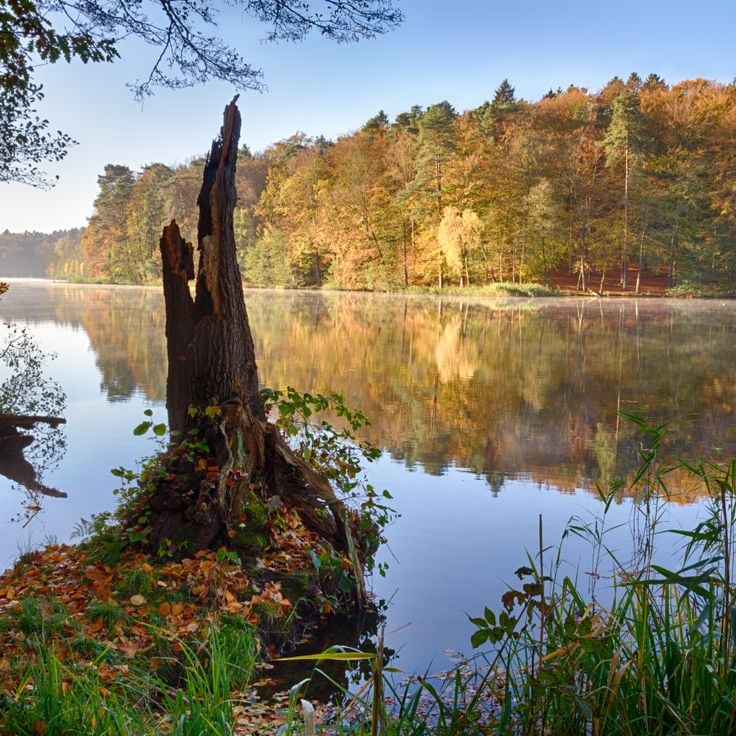
Lauenburg, Germany
Lauenburg Lakes Nature ParkThis nature park covers 47 lakes, forests and hiking trails across 183 square miles (474 square kilometers). The region lies in southeastern Schleswig-Holstein and displays the landscape of glacial moraines. Migratory birds use the waters as stopover points during their journeys. The park provides habitat for various animal species and native plants. Hiking trails lead through beech forests and along lakeshores. The area connects several nature reserves and preserves the typical northern German lake landscape.
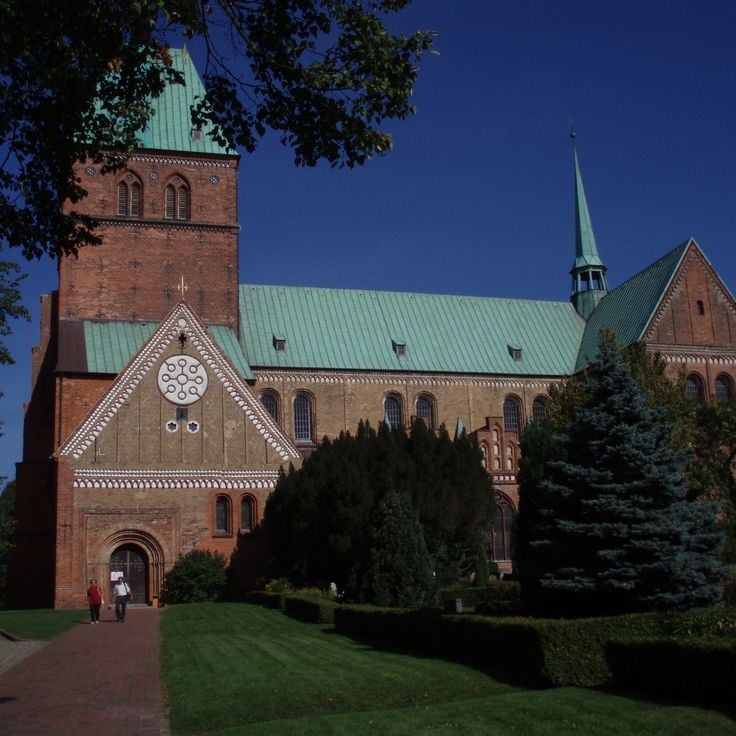
Ratzeburg, Germany
Ratzeburger DomThe Ratzeburger Dom was constructed in the 12th century as a Romanesque bishop's church and defines the historic island town between four lakes. This cathedral displays elements of North German brick Romanesque architecture with its cloister, vaulted ceilings and a preserved medieval church interior. The structure documents the ecclesiastical and political importance of Ratzeburg in medieval Schleswig-Holstein and serves today as an Evangelical Lutheran parish church with regular services and concerts.
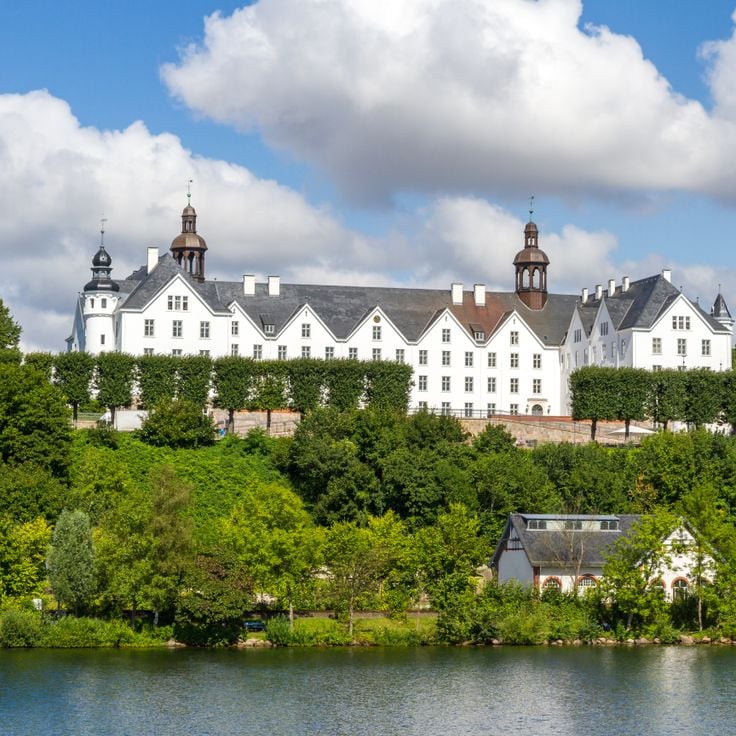
Plön, Germany
Plön CastlePlön Castle rises above Great Plön Lake and currently serves as an educational facility. This Renaissance structure was built in the 17th century as a ducal residence and has shaped the skyline of the Holstein town ever since. The complex reflects the architectural development of North German princely courts and documents the territorial history of Schleswig-Holstein. Its location on the region's largest lake connects historic architecture with the characteristic lake landscape of Eastern Holstein.
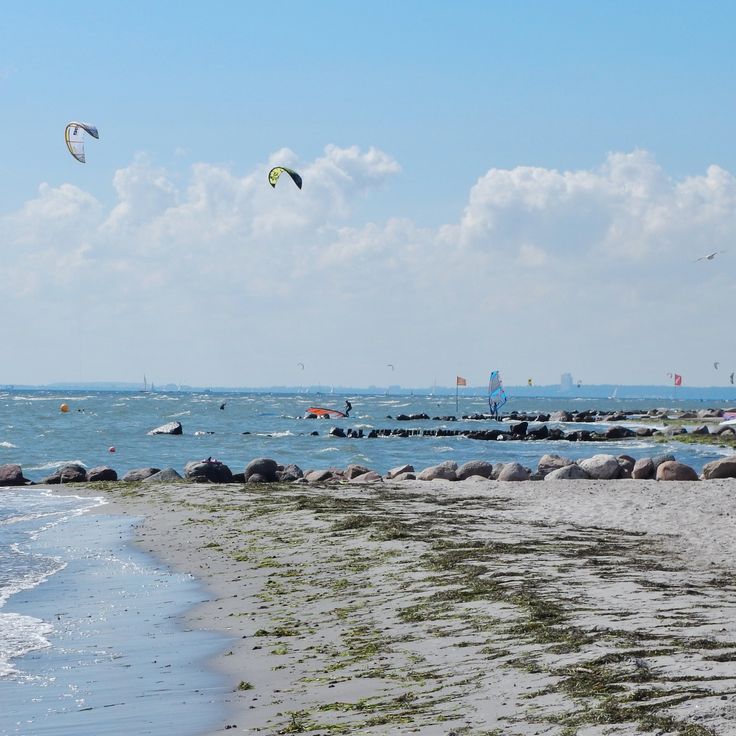
Neustadt in Holstein, Germany
Pelzerhaken BeachPelzerhaken Beach is a Baltic Sea coastal area in the Pelzerhaken district of Neustadt in Holstein that extends for 1.9 miles (3 kilometers) along the shoreline. The sandy beach provides water sports facilities and features a pier extending into the sea. The site belongs to the coastal areas of Schleswig-Holstein, where visitors experience the Baltic coastline and engage in various water-based recreational activities. The beach forms part of the landscape that characterizes the region with its beaches, lakes and nature reserves.
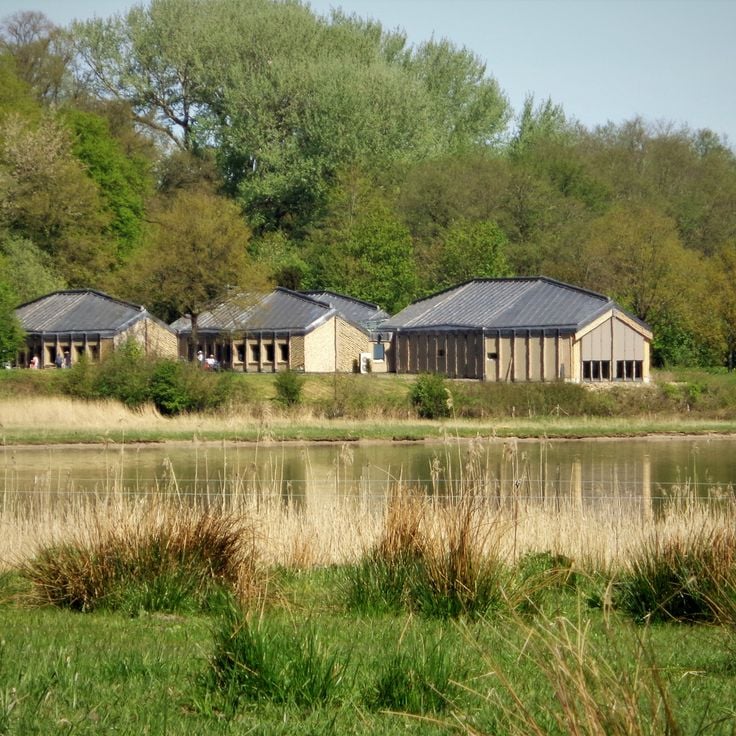
Busdorf, Germany
Hedeby Viking MuseumThis museum displays archaeological finds from the Viking Age and reconstructed houses of the medieval trading settlement of Hedeby. The exhibition documents daily life, crafts and trade of the Vikings between the 9th and 11th centuries. Visitors can view tools, jewelry, weapons and household items discovered during excavations in the former settlement. The reconstructed buildings provide an impression of the construction methods and lifestyle of the inhabitants. The museum complements the historic sites in Schleswig-Holstein and presents the early medieval history of the region along the Schlei inlet.

Waabs, Germany
Gut LudwigsburgGut Ludwigsburg is an 18th century country estate in Waabs that features geometric gardens and greenhouses. The main building serves as a venue for regularly changing art exhibitions. This historic property contributes to the cultural landscape of Schleswig-Holstein, where numerous manor houses and gardens document the history of the region. The combination of historic architecture and contemporary art makes this estate an example of active cultural preservation between the Baltic Sea and North Frisia.
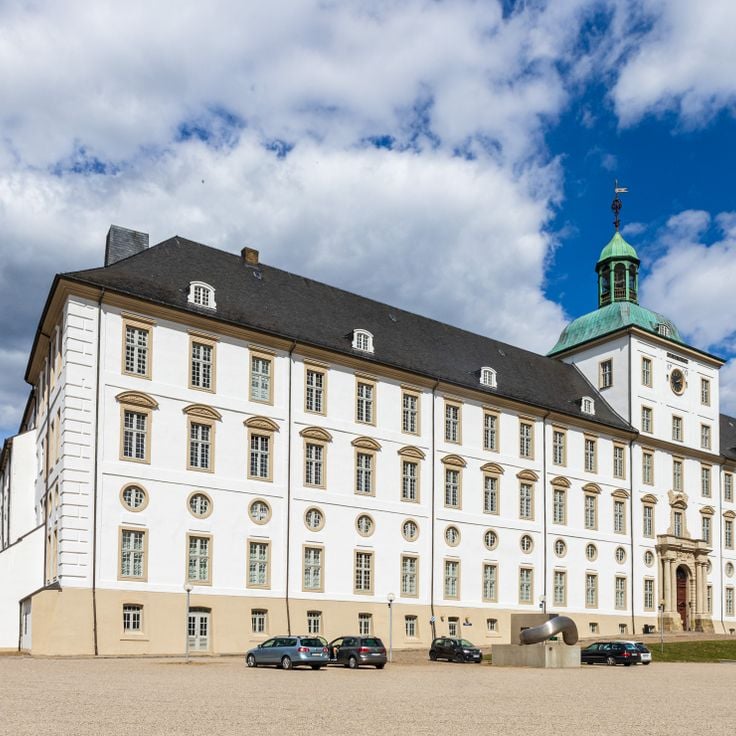
Schleswig, Germany
Schloss GottorfSchloss Gottorf in Schleswig is a Renaissance residence on an island in the Schlei that now houses the state museum of art and cultural history. The palace displays collections on regional history, archaeology and art from various periods. The baroque Neuwerkgarten with historical terraced grounds forms part of the complex. The archaeological collection presents findings from the prehistoric and early historic periods of Schleswig-Holstein. This palace connects the history of the region with the development of residential architecture in northern Germany.

Tönning, Germany
Multimar WattforumThe Multimar Wattforum serves as a natural history museum and research center for the Wadden Sea in Tönning. The facility contains aquariums featuring local marine species, exhibitions on the marine ecology of the Wadden Sea, and scientific work areas. The collection presents the flora and fauna of this coastal habitat along with geological and ecological processes. The museum functions as an educational institution for visitors seeking to learn about the UNESCO World Heritage Wadden Sea.

Puls, Germany
Puls WindmillThis 19th century windmill preserves its original milling equipment and presents a museum about regional grain production. The Puls Windmill documents the rural economic history of Schleswig-Holstein and demonstrates traditional corn processing methods. Visitors can examine the historic millstones, mechanical drive systems and tools used for flour production. The exhibition explains the development of milling in the region and its importance to agricultural communities.
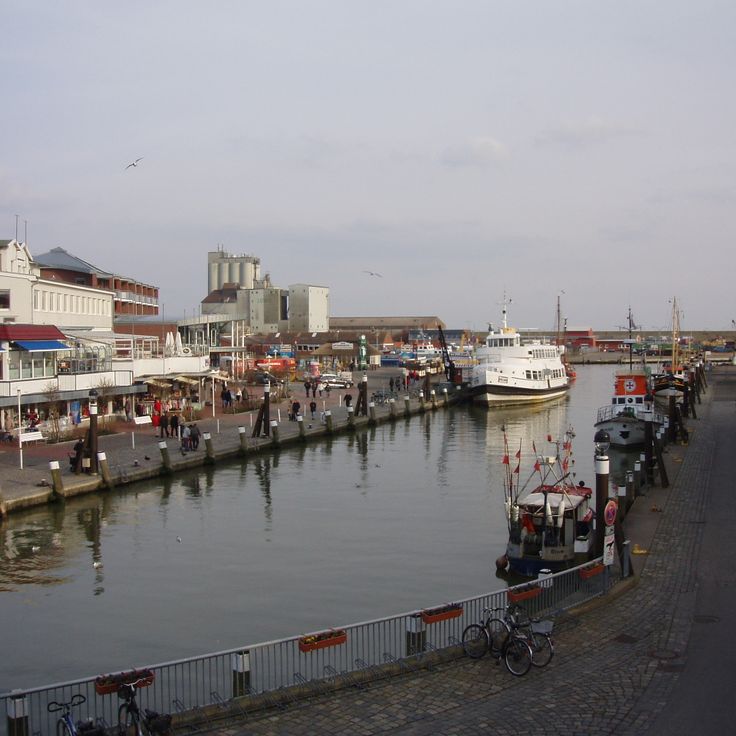
Büsum, Germany
Maritime Museum BüsumThe Maritime Museum Büsum houses a collection of fishing boats and merchant vessels from the 19th and 20th centuries. This museum documents the history of coastal shipping and fishing in Büsum, providing insights into the maritime tradition of this harbor town on the North Sea. The exhibits show technical developments in shipping and the lives of fishermen and sailors who worked from this harbor.
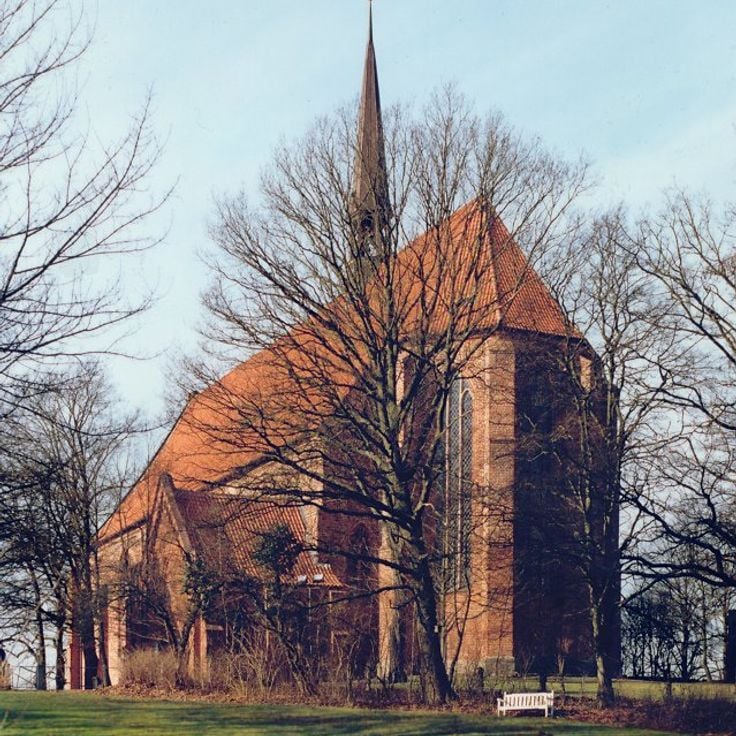
Bordesholm, Germany
Bordesholm Monastery IslandThe Bordesholm Monastery Island preserves the remains of a 14th-century Augustinian monastery whose Gothic church documents the medieval heritage of Schleswig-Holstein. This historic site belongs to the testimonies of monastic culture in the region and demonstrates the development of religious architecture in northern Germany. The Gothic architectural forms of the church and the preserved monastery structures provide insight into medieval monastic life and the ecclesiastical history of Holstein.
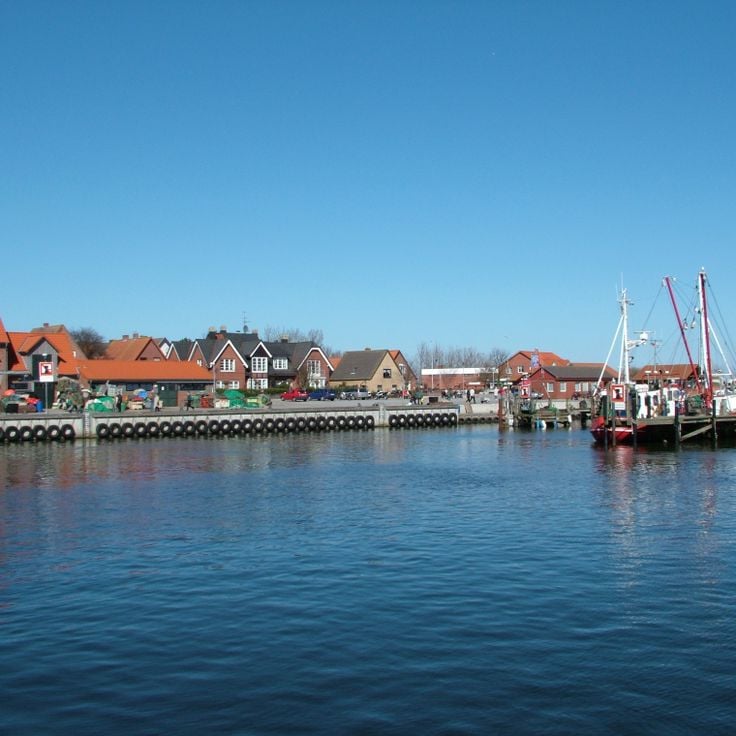
Maasholm, Germany
Maasholm Fishing HarborThis fishing harbor on the Schlei features several smokehouses and fish restaurants serving regional specialties. The harbor at Maasholm is located at the eastern edge of the Schlei and connects the maritime tradition of Schleswig-Holstein with local gastronomy. Visitors can sample freshly smoked fish and experience the operations of an active fishing port. Its location near the mouth to the Baltic Sea makes the harbor an important point for local fishing and tourism in the region.
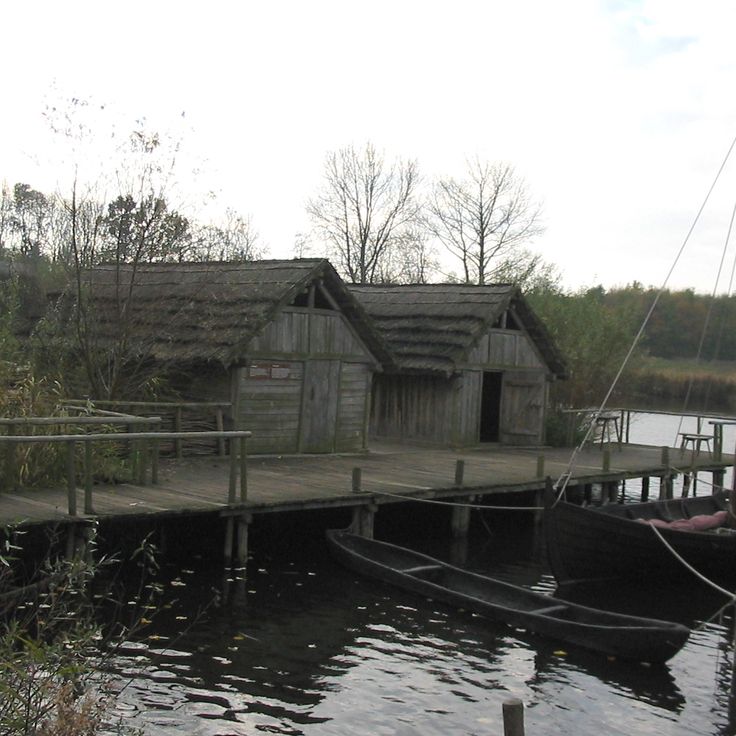
Oldenburg, Germany
Oldenburg Wall MuseumThe Oldenburg Wall Museum presents archaeological findings and reconstructions from the Slavic period of the city in the 9th century. This site documents the settlement by the Slavic Wagrian tribe, which established the settlement of Starigard here. The exhibition displays everyday objects, craft tools, weapons and jewelry from this period. Reconstructed buildings provide an understanding of the construction methods and living conditions of the Slavic population. The museum belongs to the historic sites of Schleswig-Holstein and contributes to documenting the early medieval history of the region.

Rendsburg, Germany
Historic Old Town of RendsburgThe historic old town of Rendsburg presents buildings from the 16th to 19th centuries along its streets. This old town connects the architectural history of Schleswig-Holstein with timber-framed houses, merchant courtyards and the town hall at Altstädter Market. The historic structures document the development of the trading town on the Eider River. Visitors find residential buildings from various periods, commercial structures and public squares. The architectural substance forms an ensemble of urban architecture spanning several centuries. The old town is located in the center of Rendsburg and demonstrates the continuous building tradition of this settlement in Schleswig-Holstein.
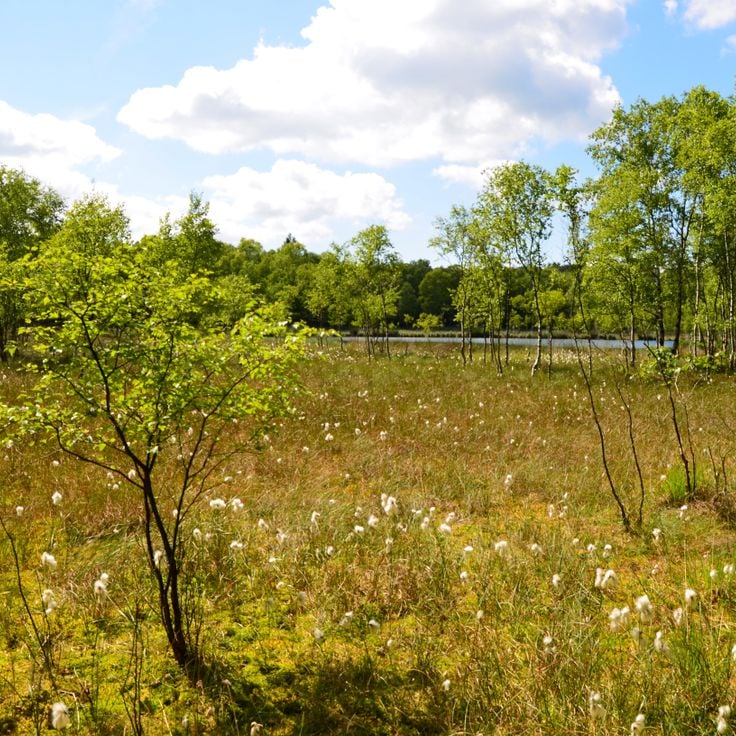
Schillsdorf, Germany
Kaltenhofer MoorKaltenhofer Moor forms a wetland area in the Schleswig-Holstein landscape and provides hiking trails through heathland. This moorland houses various bird species including cranes and white-headed ducks. The area represents an example of the region's moorland landscapes and displays vegetation typical of wetlands. The site fits into the network of nature reserves across Schleswig-Holstein and documents regional natural environments.
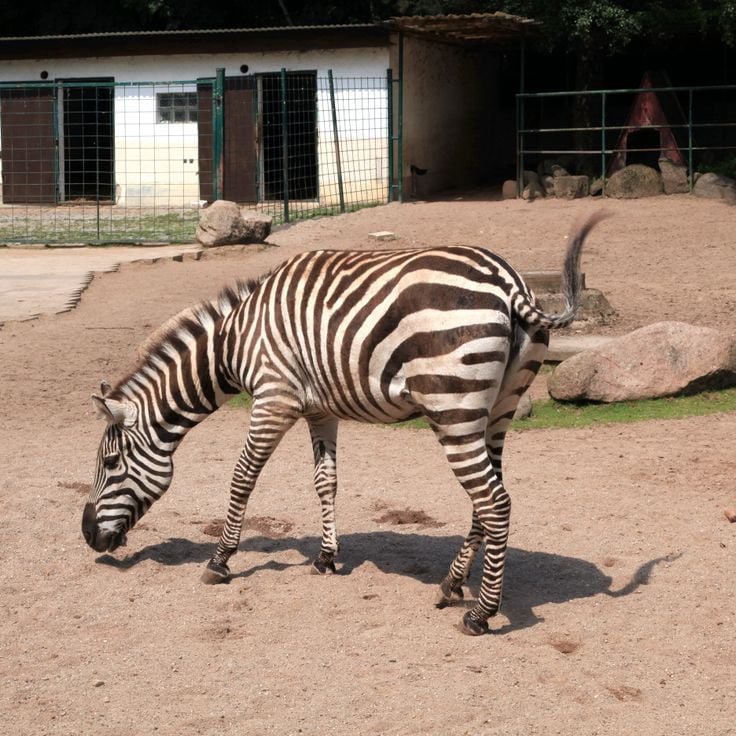
Gettorf, Germany
Tierpark GettorfThis animal park in Gettorf contributes to the natural attractions of Schleswig-Holstein and houses over 800 animals from 100 species. The facility displays big cats, monkeys and birds in enclosures that resemble natural habitats. The park complements the nature parks and protected areas of the region through its presentation of native and exotic animal species. Visitors can explore different habitats and observe wildlife from various continents.
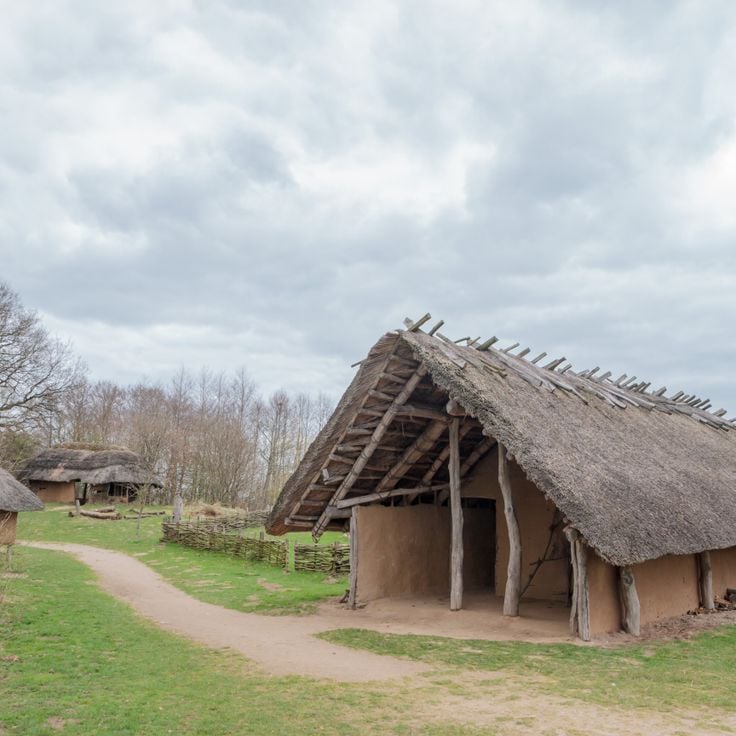
Warder, Germany
Arche WarderThis center preserves more than 1200 animals from 82 endangered farm breeds on 99 acres (40 hectares) of land with traditional farm buildings. The Arche Warder documents the historical development of agriculture in Schleswig-Holstein and demonstrates the importance of heritage livestock breeds for biological diversity. Visitors can observe sheep, cattle, pigs, horses and poultry maintained in their natural habitats. This center connects nature conservation with the preservation of historical breeding methods and regional traditions.

Westerhever, Germany
Westerhever LighthouseThis 131 feet (40 meters) tall lighthouse stands on an elevated earth mound in Schleswig-Holstein Wadden Sea National Park. The structure rises from salt marshes and coastal landscapes typical of the Wadden Sea. Built in 1906, the lighthouse represents one of the most recognizable structures along the North Sea coast of Schleswig-Holstein. Two keeper's houses flank the tower to complete the complex. The area surrounding this lighthouse belongs to the UNESCO Wadden Sea World Heritage Site and displays the coastal environment characteristic of this region with its distinct wildlife and vegetation.
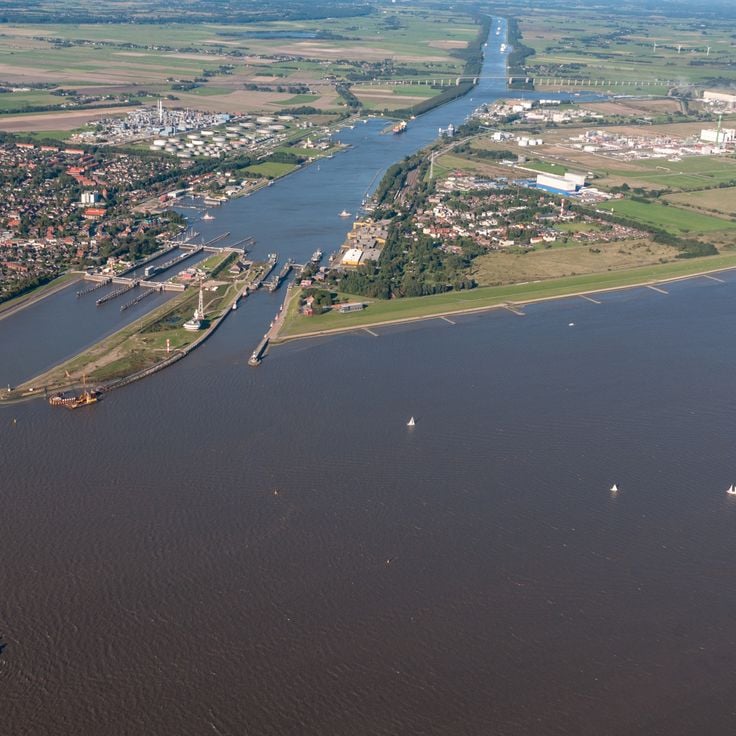
Brunsbüttel to Kiel, Germany
Kiel CanalThe Kiel Canal (officially Nord-Ostsee-Kanal) connects the North Sea at Brunsbüttel with the Baltic Sea at Kiel over a distance of 61 miles (98 kilometers). This artificial waterway opened in 1895 and ranks among the most frequented shipping routes in the world. Hundreds of commercial vessels, cargo ships and cruise liners pass through the lock systems daily. The canal shortens the maritime route between the North Sea and Baltic Sea by several hundred miles and avoids circumnavigating the Jutland Peninsula. Several ferry crossings and observation points along the canal allow visitors to watch the international shipping traffic. This engineering construction illustrates the maritime history of Schleswig-Holstein and the importance of shipping for the region.
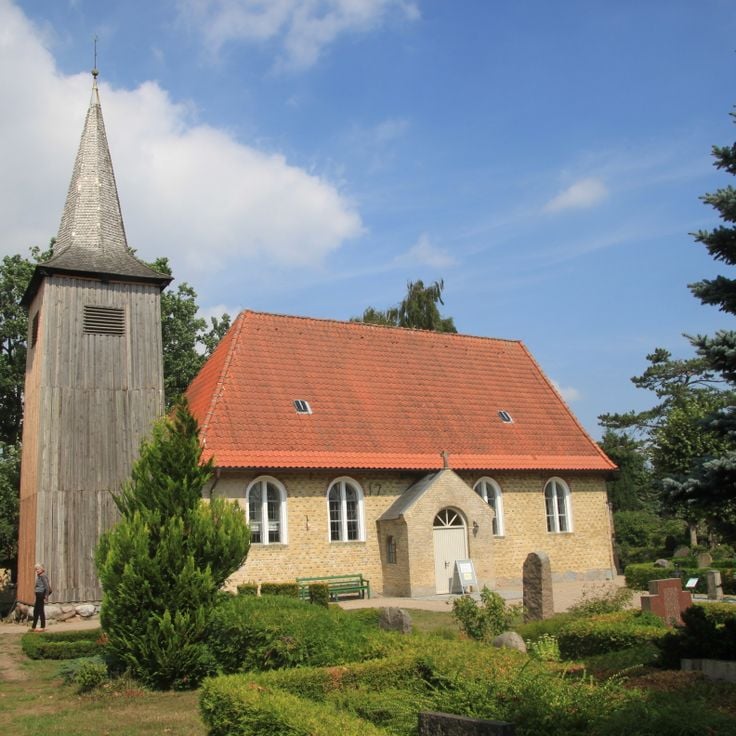
Arnis, Germany
Sailors Church of ArnisThe Sailors Church of Arnis was built in 1673 and displays maritime motifs and ship models in its interior. This church serves as a testament to seafaring tradition and adds to the network of historic sites in Schleswig-Holstein. As Germany's smallest town, Arnis preserves its maritime history through this house of worship, which reflects the region's connection to the Baltic Sea. The church combines religious architecture with nautical elements and documents the importance of seafaring to the local community.
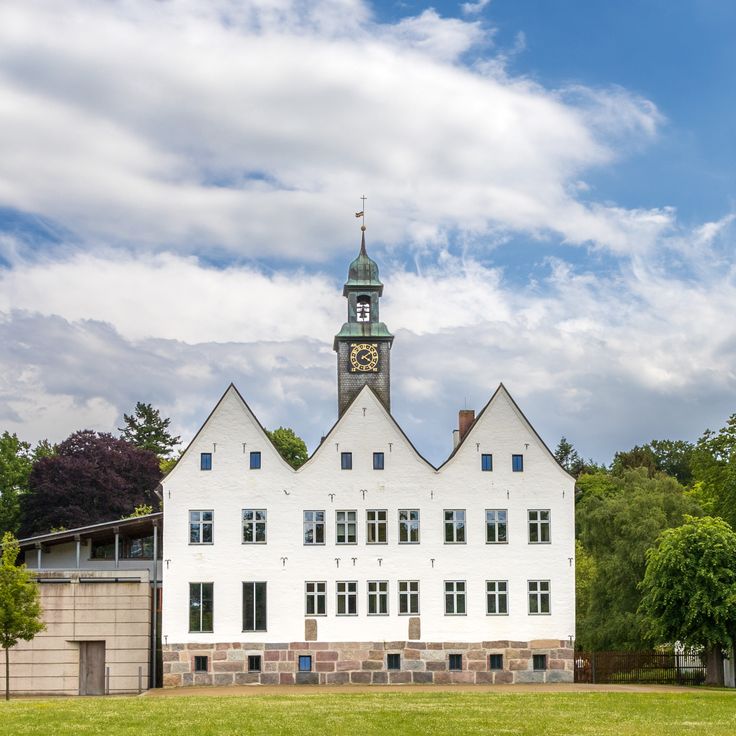
Travenbrück, Germany
Nütschau MonasteryThis monastery was founded in the 13th century and houses a library containing approximately 65,000 volumes. The Benedictine abbey maintains a herb garden arranged according to monastic tradition. As a historic monument in Schleswig-Holstein, Nütschau Monastery offers insights into monastic life and religious history of the region. The complex combines medieval architecture with continuous use by the religious community and documents the role of monastic centers for education and spirituality in northern Germany. The collection of books and the cultivated gardens reflect centuries of Benedictine scholarship and horticultural practice.
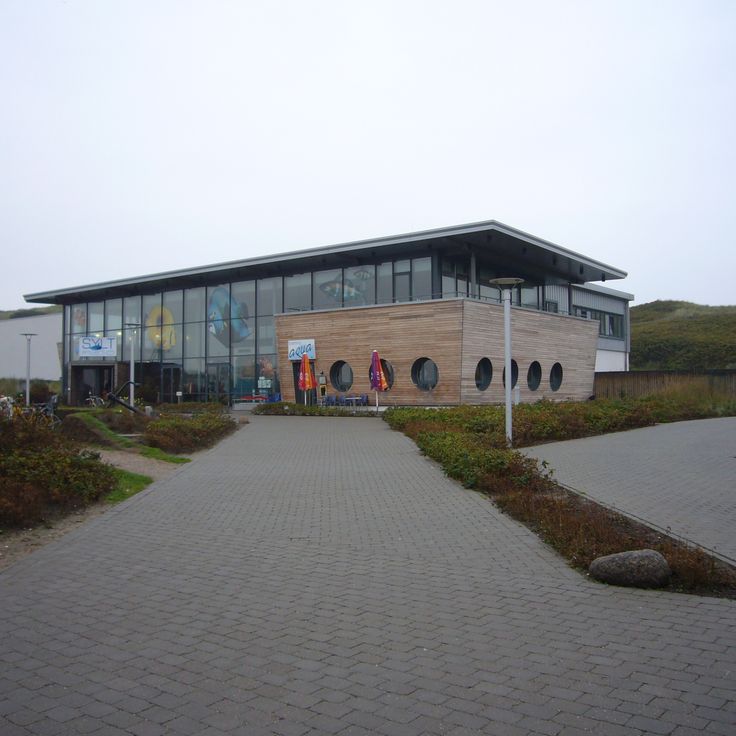
Sylt, Germany
Sylt AquariumThis maritime museum on Sylt displays North Sea fish and marine life in multiple tanks with different water depths. The Sylt Aquarium offers insight into the local underwater world and presents characteristic species from the North Frisian marine area. The exhibition complements the network of historic sites and nature spots in Schleswig-Holstein and provides knowledge about the region's marine fauna.
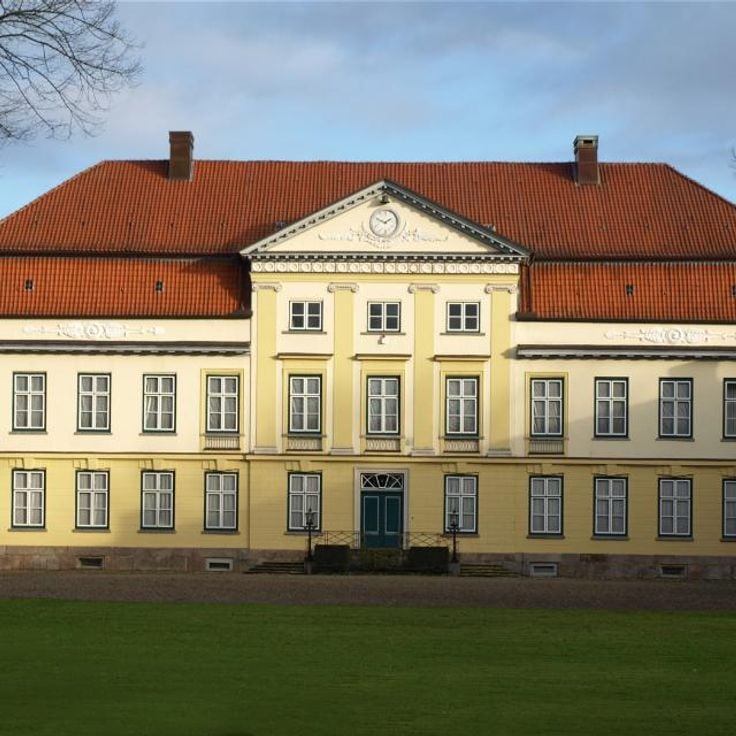
Emkendorf, Germany
Gut EmkendorfGut Emkendorf is an 18th-century manor house located in Emkendorf. This estate features an English garden and a library housing old books. As an important cultural monument of Schleswig-Holstein, this noble residence documents the history of the region and the architectural style of its period. The property combines aristocratic residential culture with landscape garden design.
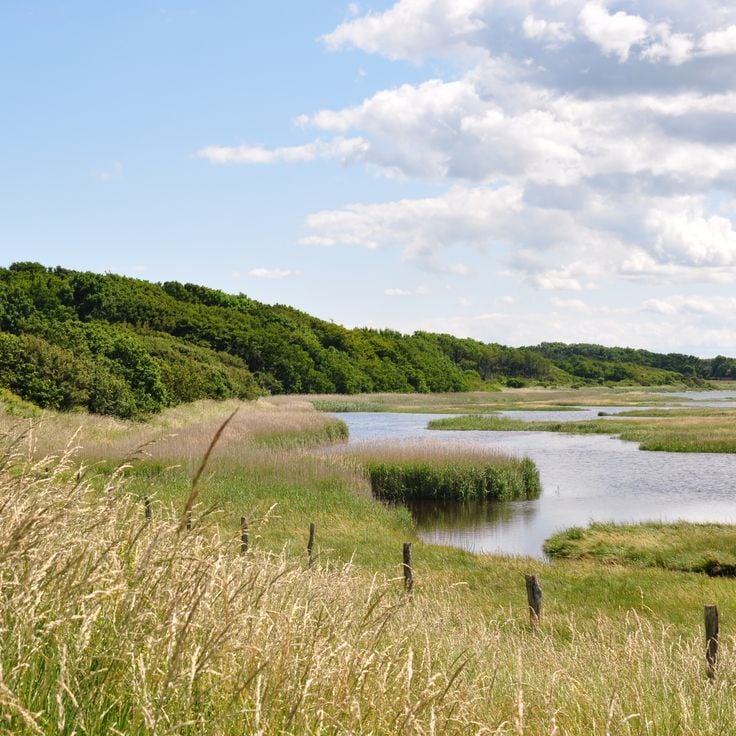
Gelting, Germany
Nature Reserve Geltinger BirkThe Nature Reserve Geltinger Birk covers 773 hectares (1910 acres) along the Baltic Sea coast and displays typical features of the Schleswig-Holstein coastal landscape. This protected area includes salt marshes, sand dunes and shallow waters that serve as breeding and resting grounds for numerous water birds. The reserve is part of the network of nature areas and historic sites in Schleswig-Holstein and documents the natural development of the Baltic coastline with its characteristic flora and fauna.

Grube, Germany
Rosenfelder StrandThis Baltic Sea beach is located in Grube and extends over 1.2 miles (2 kilometers) of fine sand. Rosenfelder Strand offers beach chairs, a swimming pier, and shallow waters suitable for families. The coastal position in Schleswig-Holstein combines bathing opportunities with nearby nature reserves. The beach provides parking facilities and access to cycling and hiking trails along the Baltic coast. The region displays typical features of Holstein Switzerland with rolling hills and coves.
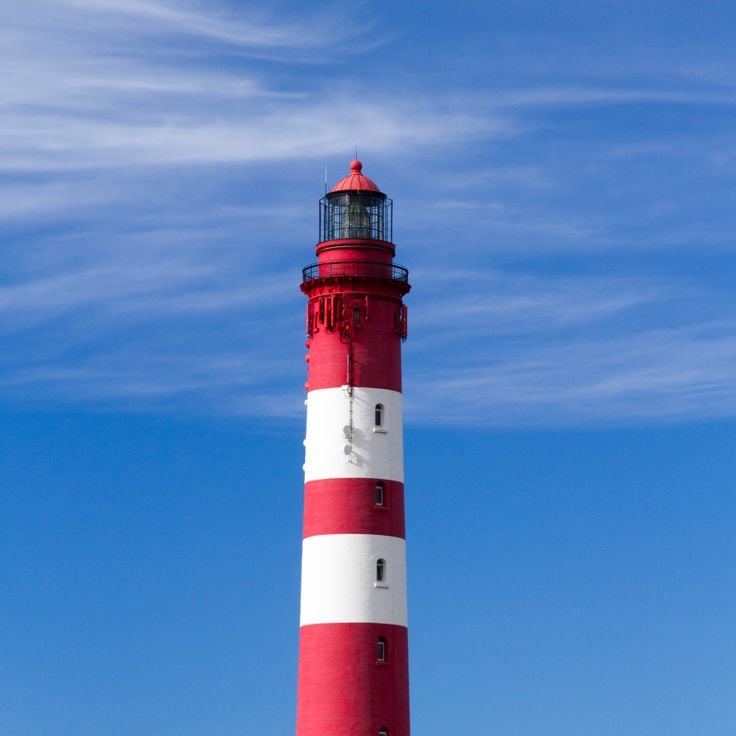
Amrum, Germany
Amrum LighthouseThe Amrum Lighthouse has stood as a 41-meter (135-foot) tower on the island since 1875, fulfilling its role as a navigation aid for ships in the North Sea. This lighthouse offers visitors views across the dune landscape of Amrum and the surrounding Wadden Sea areas after the climb. The structure documents the maritime history of Schleswig-Holstein and combines technical function with the opportunity to observe the coastal region from an elevated position.
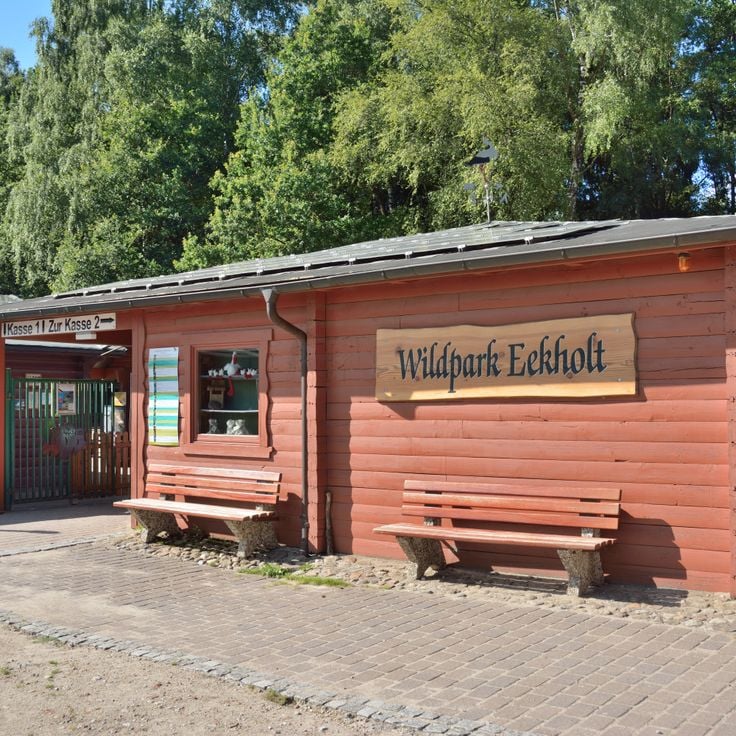
Großenaspe, Germany
Eekholt Wildlife ParkThis wildlife park in Großenaspe houses over 100 animal species from Northern Germany in natural enclosures across 67 hectares (165 acres) of forest. The Eekholt Wildlife Park presents native wildlife including wolves, lynxes, otters and birds of prey in environments that resemble their natural habitats. The facility combines conservation with education and provides visitors with insights into the regional fauna of Schleswig-Holstein. Features include flight demonstrations with birds of prey, feeding times and information centers about native wildlife.

Laboe, Germany
U-995 Submarine at Laboe Naval MemorialThis Type VII C/41 submarine from World War II rests at the Laboe Naval Memorial on Kiel Fjord. The U-995 entered service in 1943 and now serves as a museum ship. Visitors can board the 219-foot (67-meter) vessel and explore the cramped quarters, command center, and technical installations that document crew life underwater. The ship provides insights into the conditions and technology of the German submarine fleet during the war.

Lütjenburg, Germany
Turmhügelburg LütjenburgThe Turmhügelburg Lütjenburg documents medieval fortifications from the 13th century on a hill measuring 30 feet (9 meters) in height. This castle complex features a reconstructed wooden tower and palisades typical of fortifications from that period in Schleswig-Holstein. The site provides insights into defensive architecture and life on a medieval motte. The installation belongs to the historic sites of the region that document the development of fortification construction in northern Germany. Visitors can examine the construction methods of the wooden structures and understand the strategic importance of such castle complexes.